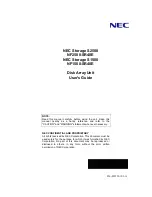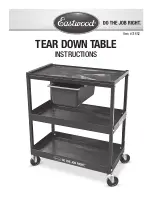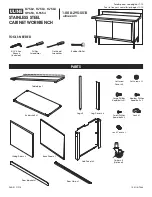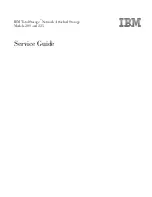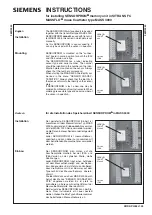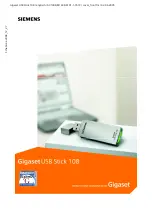
SDP3B FlashDisk Product Manual
SanDisk SDP3B FlashDisk Product Manual © 1998 SANDISK CORPORATION
51
5.5
ATA Registers
Note:
In accordance with the PCMCIA specification:
each of the registers below which is located at
an odd offset address may be accessed at its
normal address and also the corresponding
even address (normal address -1) using data
bus lines (D15-D8) when -CE1 is high and -CE2
is low unless -IOIS16 is high (not asserted) and
an I/O cycle is being performed.
5.5.1
Data Register (Address - 1F0[170];Offset
0,8,9)
The Data Register is a 16 bit register, and it is
used to transfer data blocks between the SDP3B
FlashDisk data buffer and the Host. This register
overlaps the Error Register. The table below
describes the combinations of data register access
and is provided to assist in understanding the
overlapped Data Register and Error/Feature
Register rather than to attempt to define general
PCMCIA word and byte access modes and
operations. See the PCMCIA PC Card Standard
Release 2.0 for definitions of the Card Accessing
Modes for I/O and Memory cycles.
Note that because of the overlapped registers,
access to the 1F1, 171 or offset 1 are not defined for
word (-CE2 = 0 and -CE1 = 0) operations. SanDisk
products treat these accesses as accesses to the
Word Data Register. The duplicated registers at
offsets 8, 9 and Dh have no restrictions on the
operations that can be performed by the socket.
Data Register
C E 2 -
C E 1 -
A0
O f f s e t
Data Bus
Word Data Register
0
0
X
0,8,9
D15-D0
Even Data Register
1
0
0
0,8
D7-D0
Odd Data Register
1
0
1
9
D7-D0
Odd Data Register
0
1
X
8,9
D15-D8
Error / Feature Register
1
0
1
1, Dh
D7-D0
Error / Feature Register
0
1
X
1
D15-D8
Error / Feature Register
0
0
X
Dh
D15-D8































